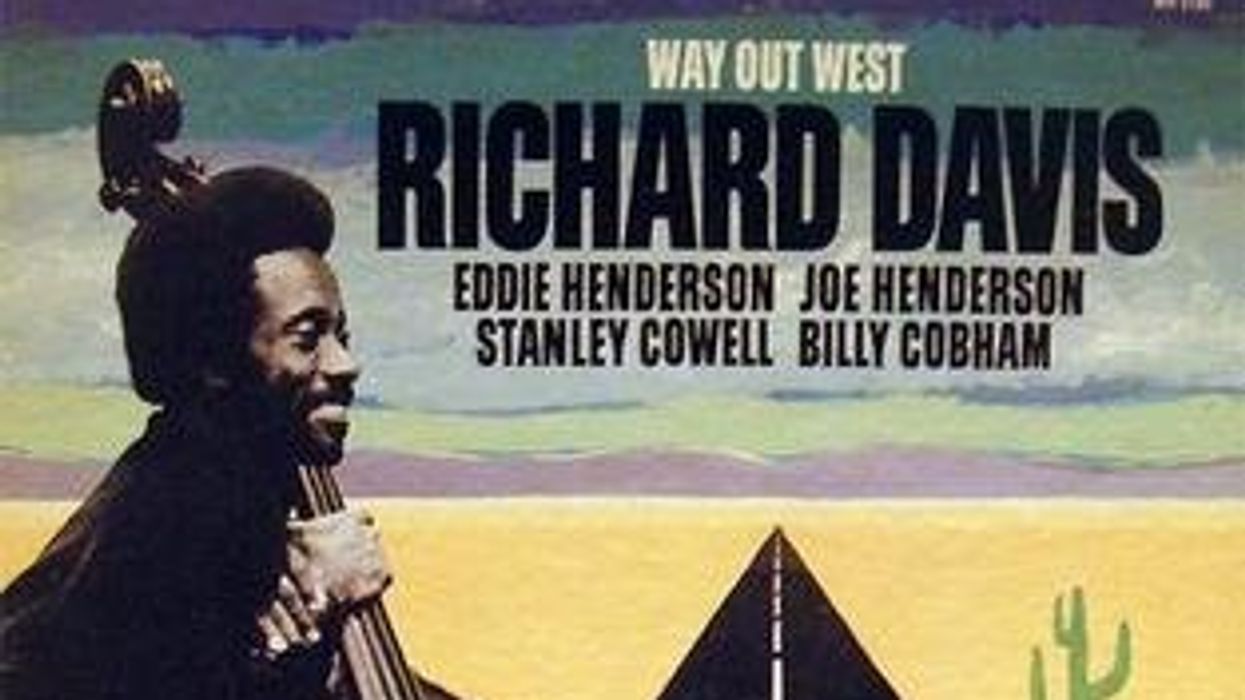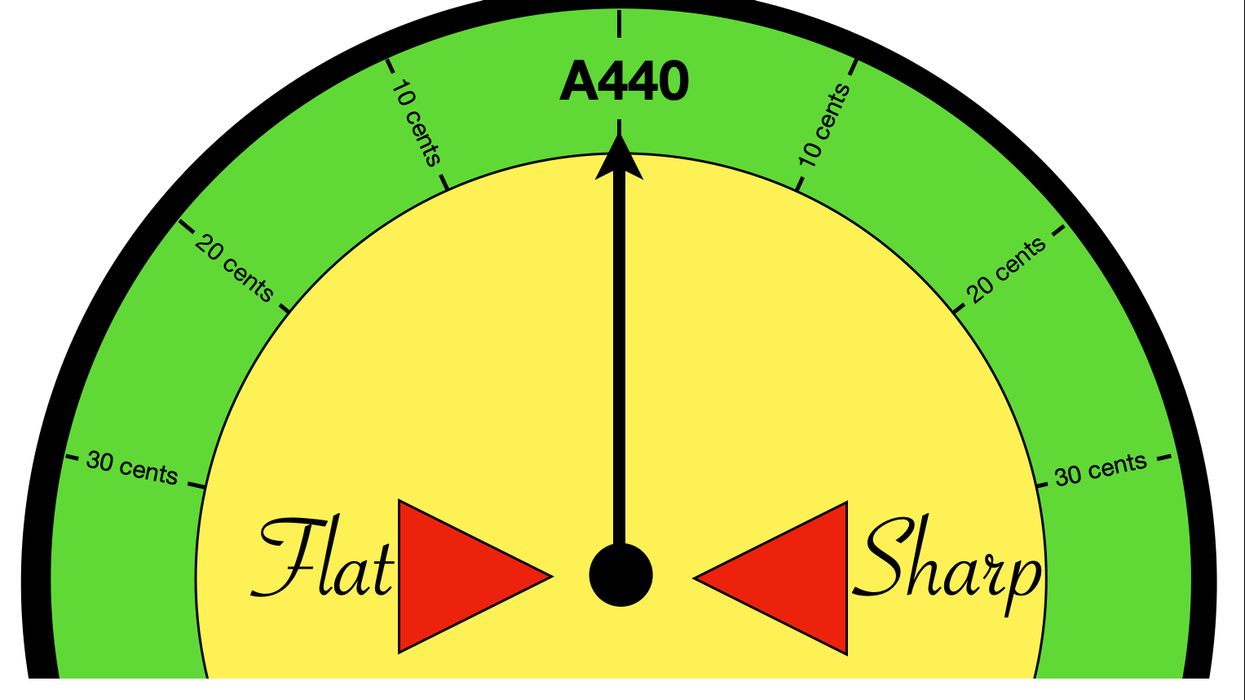As bass players, our job is often to indicate and support what is happening rhythmically and harmonically in the music we’re playing. And to do that, it’s important for us to understand the basics of tonality and how it works. In fact, every bass player must have a strong knowledge of harmony to do their job correctly. This month, we’ll continue last month’s harmony crash course with some more ways to brush up on your ear skills, in italics below, so you can do your low-end job effectively.
The basic building block of harmony is the dyad, which gives us our basic intervals. But the basic building block of tonality is the triad, a grouping of three or more tones (root, 3rd, and 5th) that give us the four chord qualities—major, minor, diminished, and augmented—which you’re probably already familiar with.
Just as with intervals, we should train our ears to recognize chord qualities instantly. Start with two qualities (major and minor). Once you can identify those two correctly about 95 percent of the time, add another. Keep going until you can identify all four qualities consistently.
Another great exercise is to take a melody (either major or minor) and convert it to the opposite quality. Start out with something you know well, like “Twinkle, Twinkle, Little Star.” This may take a while at first, but the goal is to keep on doing these until you can convert most stuff on the fly instantly.
“This feeling of resolution, in some ways, is the whole point.”
Each chord quality has its own distinct sound, but major and minor are related, and both feel very grounded. Because of the 5th in each, our ears can easily hear which note in the chord is strongest (the root), which gives major and minor a sense of gravity. This feeling persists even if we change the order of the notes (invert the chord).
Have a friend or an app play inversions of major or minor triads. Find the root of each chord by singing it. Work towards being able to identify these triads in root position (root in the bass), first inversion (3rd in the bass), or second inversion (5th in the bass).
Pay attention to bass lines that land on a root, 3rd, or 5th on the first beat of the bar and then practice coming up with your own examples.
Diminished and augmented triads are much more ambiguous. Without a perfect fifth (diminished has a b5 and augmented has a #5), no tone in particular sounds strongest. Thus, both chords lack gravity. In fact, to most of us, every tone sounds equal, like being lost in the woods where every direction appears the same. Both seem to want to move towards something else more stable. When this occurs, it gives a sense of release, or resolution. This feeling of resolution, in some ways, is the whole point.
The top part of a dominant seventh or V7 chord is a diminished triad. For example, a C7 consists of the notes C–E–G–Bb. If you remove the C, we’re left with an E diminished triad. This is where the moving sound, or the desire to resolve, comes from. The important takeaway is that we’re making something very stable—a major chord—and making it less stable when we add the b7, because of the diminished sound, which in turn sets up the need to resolve.
Listening for V–I: On a guitar or keyboard play any major chord, then add a b7 (transforming I to V7) and try to hear where the progression “wants” to go next. Move to the new key (a fifth down) and repeat. After twelve V–I progressions you’ll arrive back at the original key.
The Dominant Gateway: On bass, try playing a walking bass pattern over the cycle of fifths, strategically using a b7 to move to the next key. This foreshadowing is a great voice-leading skill.
That's all for our crash course in harmony. If you take your time with these exercises, you should notice not only your ears improving, but your bass playing too!
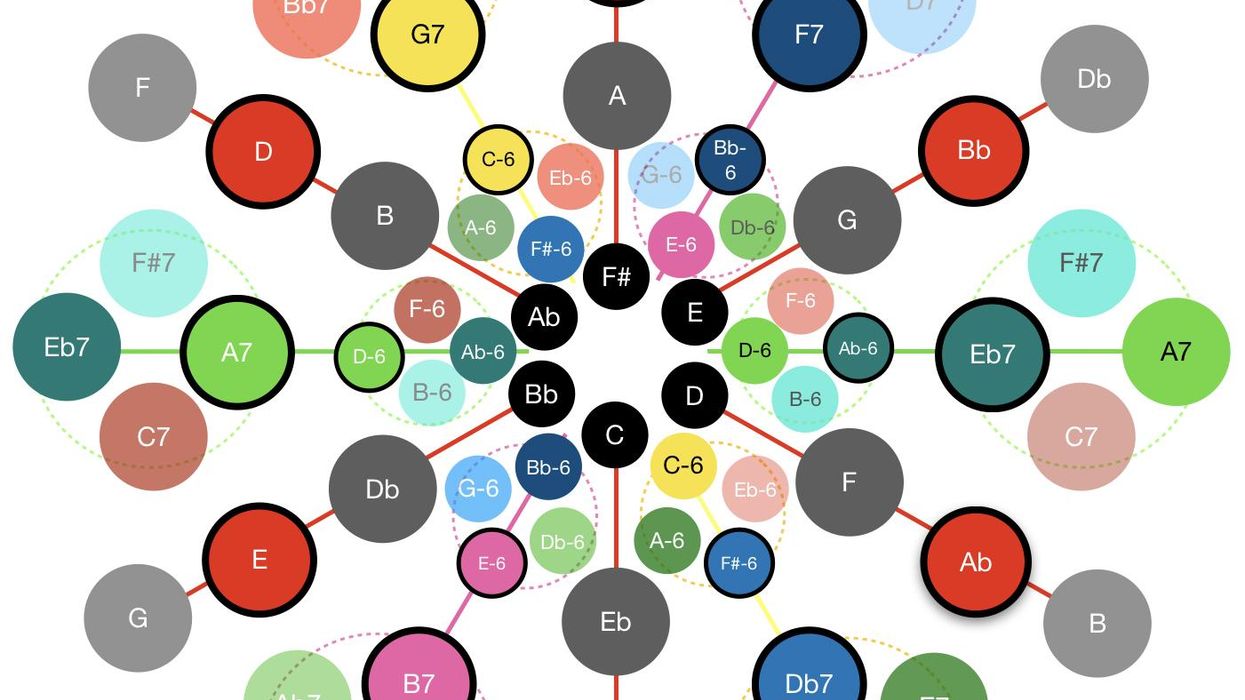


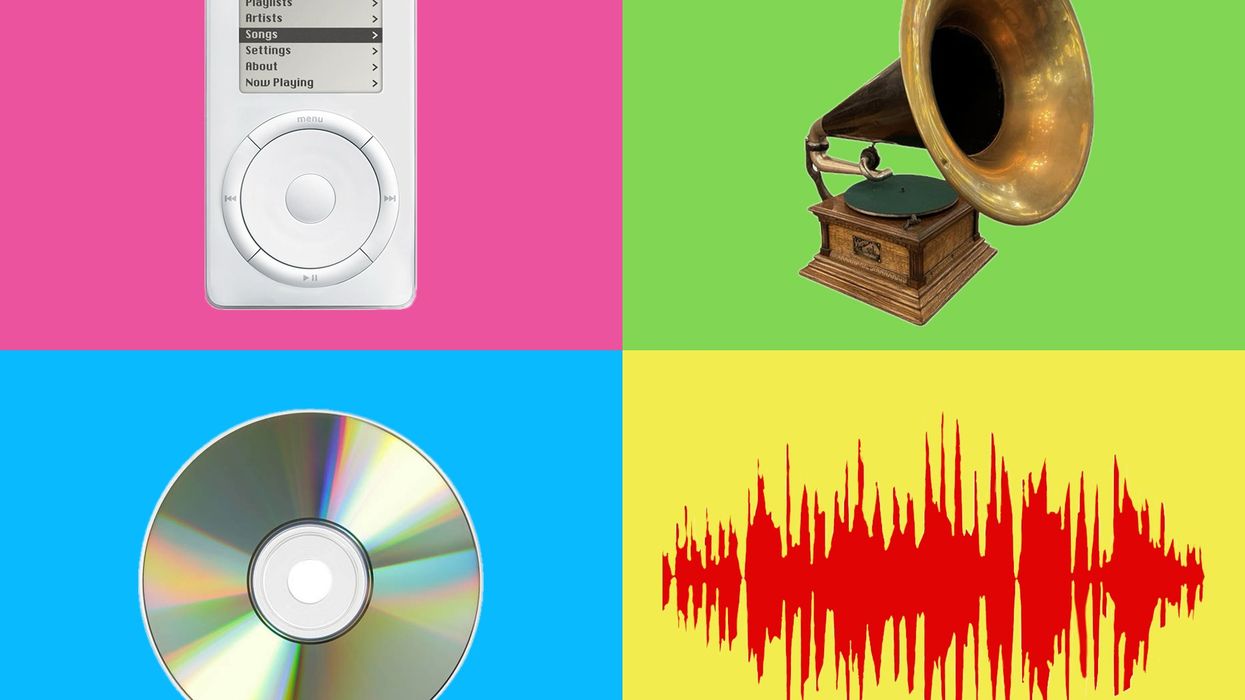
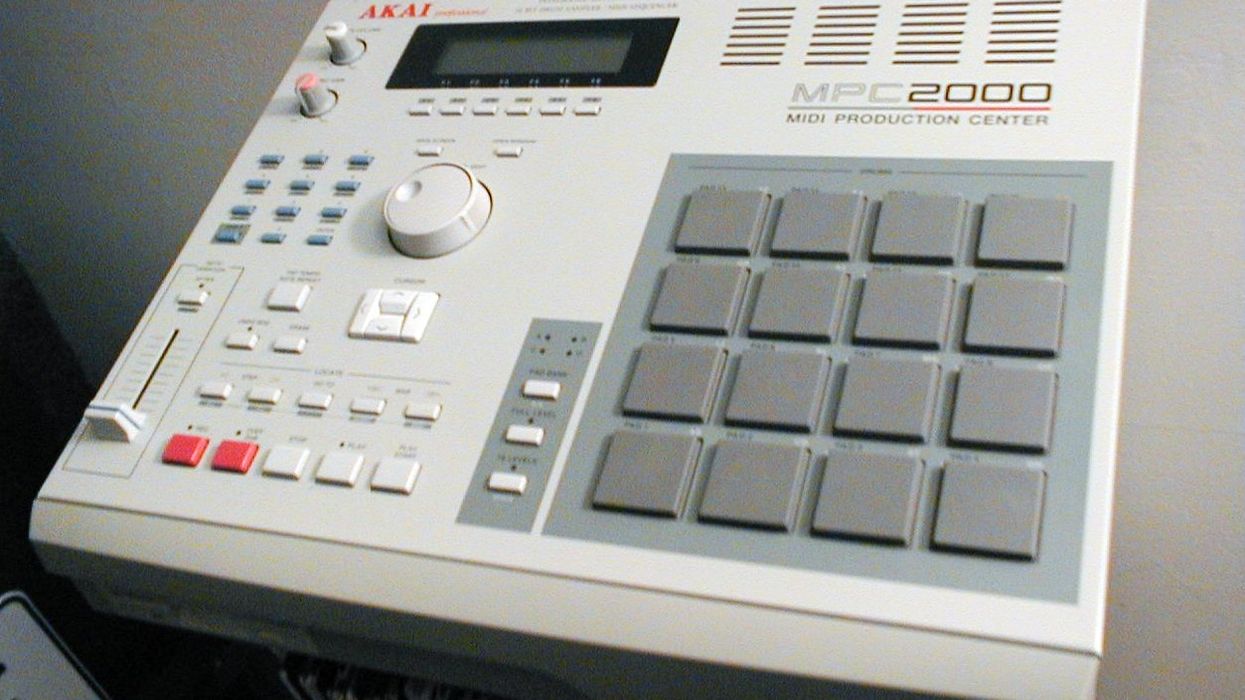
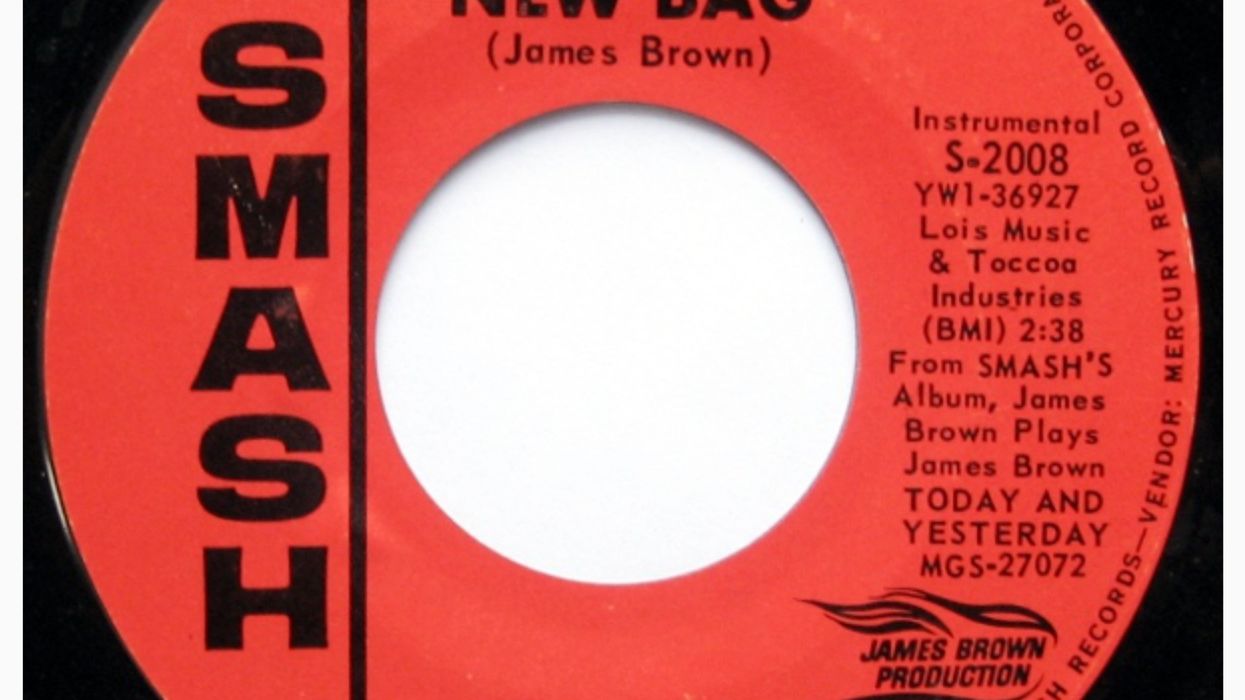
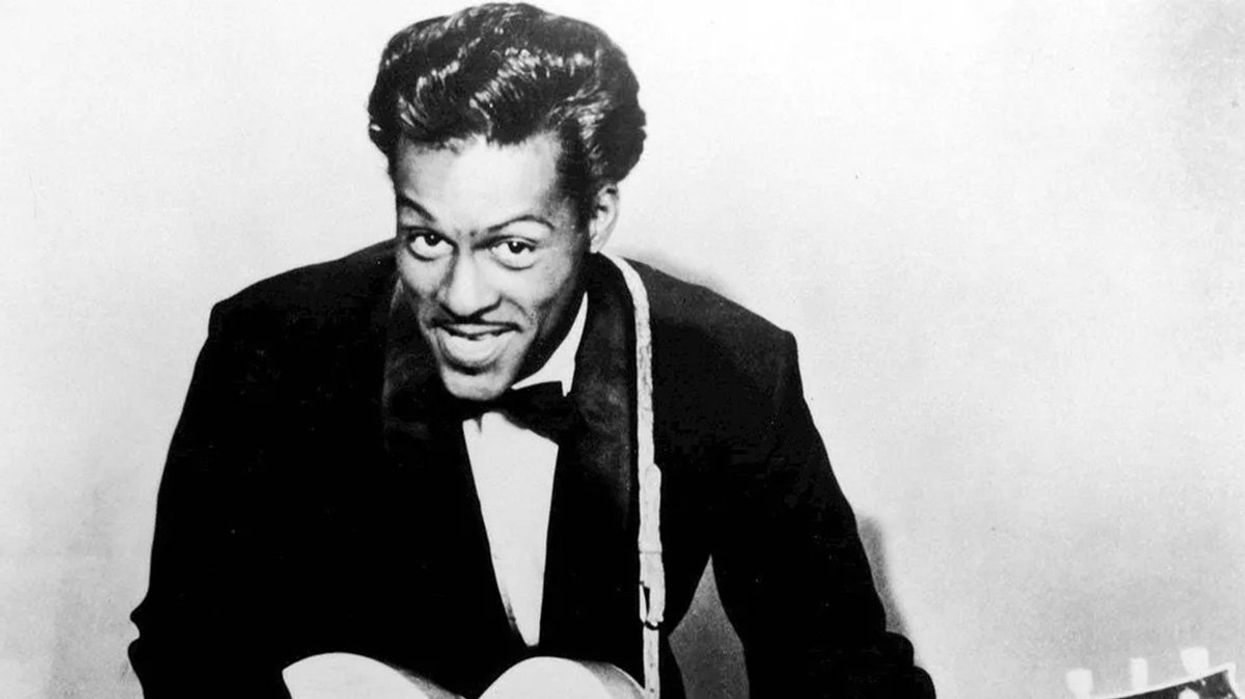



![Devon Eisenbarger [Katy Perry] Rig Rundown](https://www.premierguitar.com/media-library/youtube.jpg?id=61774583&width=1245&height=700&quality=70&coordinates=0%2C0%2C0%2C0)


